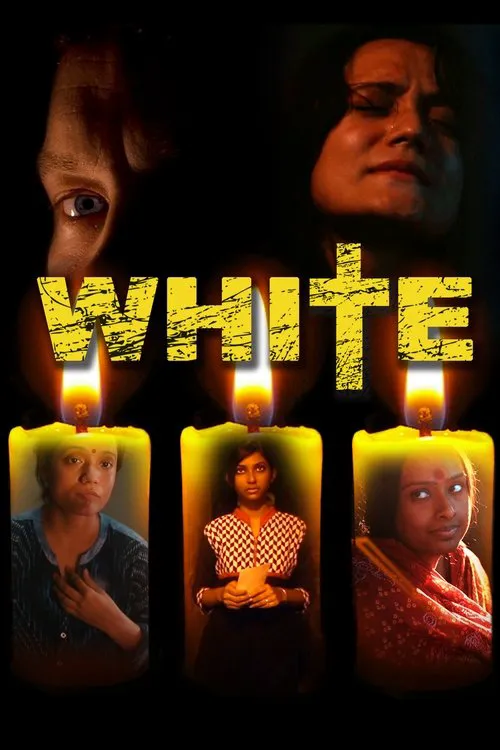White

Plot
"White" is an influential French silent film directed by Armand Guerra in 1924. This powerful and haunting three-part narrative delves into the themes of rape and its consequences, offering a thought-provoking and somber exploration of human suffering. The first part of the film, "L'Aggression" (The Assault), tells the story of a woman who is brutally raped by a group of young men. The scene is depicted in stark and unflinching terms, showcasing the brutal violence and the victim's subsequent trauma. This part of the film sets the tone for the rest of the story, emphasizing the devastating impact of the crime on its victim. The second part, "La Résignation" (Resignation), follows the woman as she tries to come to terms with the assault and find a way to rebuild her life. Despite her efforts, she is unable to shake off the trauma, and her mental state begins to deteriorate. The film uses a series of poignant and expressive images to convey her suffering, highlighting the psychological impact of the attack. This section of the film highlights the long-term effects of sexual violence, illustrating the way it can shatter a person's sense of security and confidence. The third and final part of the film, "L'Extase" (Ecstasy), takes a more ambivalent approach, depicting the aftermath of the assault from the perspective of the rapist. The scene shows him experiencing a moment of fleeting pleasure and ecstasy in the aftermath of the crime. This disturbing and unsettling conclusion serves as a commentary on the perpetrator's lack of remorse and the societal disregard for the victim's suffering. "L'Extase" is a thought-provoking and unsettling conclusion to the narrative, offering a powerful critique of societal attitudes towards rape and its victims. Throughout the film, Armand Guerra's direction emphasizes the stark reality of the crime, presenting a stark and uncompromising portrayal of the events. The cinematography is stark and haunting, with an emphasis on shadows, darkness, and the isolated, abandoned spaces that serve as the backdrop for the assault. The film's use of expressionist techniques adds to the sense of unease and discomfort, creating a visually striking and impactful narrative. "White" is a groundbreaking and influential film that tackles a sensitive and often taboo subject with unflinching honesty. Despite its age, the film remains a powerful and thought-provoking portrayal of the devastating impact of rape on its victims, and the societal attitudes that enable and condone such crimes. As a work of cinematic innovation, "White" is a testament to the power of film as a medium for exploring and critiquing complex social issues. The film's focus on the victim's experience has been seen as a radical departure from the normative attitudes towards rape at the time, where the perpetrator was often portrayed as the central figure. Guerra's direction instead puts the victim at the forefront, highlighting the long-term consequences of the assault and emphasizing the need for empathy and compassion. This approach serves as a model for future representations of rape and its aftermath, emphasizing the need for a more nuanced and victim-centered approach to storytelling. In conclusion, "White" is a powerful and thought-provoking film that offers a haunting and unflinching portrayal of rape and its consequences. Through its innovative use of cinematography and direction, the film highlights the devastating impact of the crime on its victims, while also critiquing societal attitudes towards rape and its perpetrators. As a landmark film in the history of cinema, "White" is a testament to the enduring power of film as a medium for exploring and critiquing complex social issues.
Reviews
Articles
1. Berlin Film Review: Beyond "The Body"

“Body”: A Berlin Film Festival Reflection on Grief, Science, and the Unseen WorldsMalgorzata Szumowska, a director renowned for her unflinching gaze into the human psyche, unveiled her latest cinemati
2. Review of the Mini-Series "The Residence": Murder in One White House

Chaos at the White House: A New Detective Series UnveiledThe White House is in a frenzy. The President’s administration is hosting a state dinner with Australian dignitaries, Kylie Minogue is providin
Recommendations



